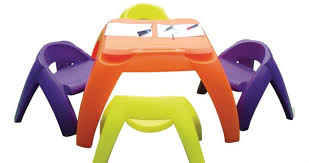Pigments will affect the rotomolding products in various aspects, including: shrink ratio, nontransparency, durability, light stability, impact strength and other physical properties that have impact on electrostatic swirl and the processing time.
There are mainly two kinds of pigments for rotomolding products.
1.Organic pigments
The organic pigment is a carbon-based artificial chemical compound. The carbon- melanin is an organic pigment which has two types: flue melanin and burner melanin. The Flue melanin is more expensive for this high quality and wee powder particles, and approved by FDA. The burner melanin has lower cost and larger particles, nontoxic but not approved by FDA.
Advantages of organic pigments are: strong and bright color, have less toxicity than inorganic pigment, and have transparency and reasonable heat and light stability.
Disadvantages are: the organic pigments are more expensive, difficult to disperse and process. The particle is too wee that can only applied in small parts of rotomolding products. The thermal stability is only available to edges, and has more reactions in ethylene.
2.Inorganic pigments
Generally speaking, the inorganic pigment has better function than organic pigment. At present, the titanium dioxide (TiO2) is the most important inorganic pigment which has been widely applied.
Compared with organic pigment, inorganic pigment also has its advantages, including: excellent thermal stability, less transparency, good UV stability, easy to disperse and lower price, will not leak, some colors are bright and clear, for example, the cadmium.
Also it has some disadvantages: some inorganic are neither bright nor clear, such as oxides, besides, some inorganic may have toxicity.
